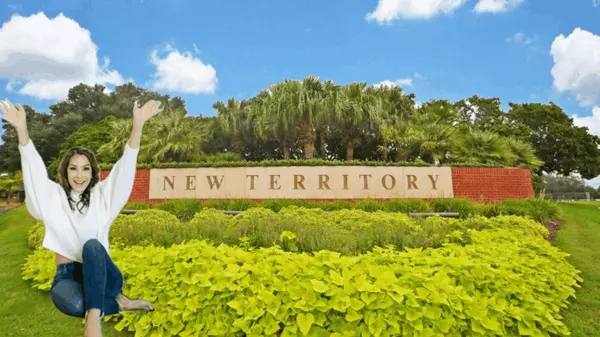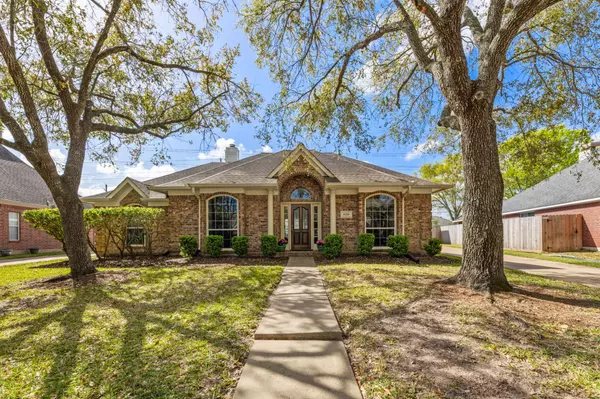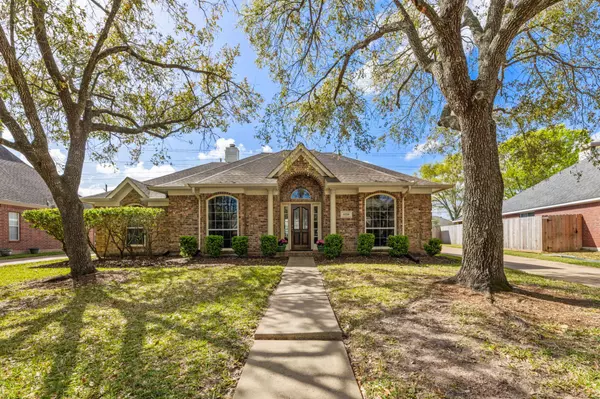Houston Suburbs: An Investor's Guide To Buying In Houston
Why Invest in Houston Suburbs?
Houston is the fourth-largest city in the United States, and its real estate market has been growing rapidly over the past few years. The city itself is home to large corporations, world-class healthcare, and vibrant culture. However, for real estate investors, the suburbs surrounding Houston present an opportunity to tap into expanding, diverse communities that offer a range of options for long-term investment.
Here are a few reasons why Houston’s suburbs are ideal for property investment:
-
Strong Rental Demand: With the population of Houston suburbs growing steadily, there is a constant demand for rental properties. Areas such as Katy, Sugar Land, and Cypress are increasingly becoming popular locations for families and young professionals. As people continue to move away from crowded city centers in search of more space and affordable housing, rental properties are in high demand.
-
Appreciating Property Values: Many of Houston’s suburbs are undergoing rapid development, with new schools, businesses, and amenities popping up regularly. As these areas grow, home values increase, leading to greater potential for long-term property appreciation. If you’re looking for a solid, long-term investment, these areas offer the possibility of both income from rental properties and profit from future appreciation.
-
Affordability: Compared to the Houston city center, properties in suburban areas are often more affordable, making them more accessible for first-time investors. Additionally, lower entry costs mean you can invest in properties with potential for higher returns, as suburban homes can be rented out for competitive rates without requiring a hefty initial investment.
-
Variety of Property Types: Houston’s suburbs feature a wide variety of property types, from single-family homes to multi-family units and townhouses. Whether you’re interested in residential rentals or looking to invest in a commercial or multi-family property, the suburbs offer plenty of options.
Step 1: Research the Local Market
As a beginner, one of the most crucial steps in purchasing an investment property is researching the local real estate market. Houston suburbs are not a one-size-fits-all proposition. Each suburb has its own character, price points, and demand for rental properties.
-
Popular Suburban Areas to Consider:
- Sugar Land: Sugar Land is an affluent suburb known for its top-rated schools, excellent public services, and family-friendly atmosphere. The area is ideal for single-family homes or upscale rental properties, making it a great location for long-term rental investments.
- Katy: Katy is one of the fastest-growing suburbs of Houston, with a mix of affordable and mid-range housing options. Known for its great schools and suburban feel, Katy attracts families and professionals alike. Its rental demand is high, with many buyers looking to lease properties as the area continues to develop.
- Cypress: Cypress offers affordable homes with easy access to Houston and is becoming increasingly popular with young professionals and families. The community is growing, with new amenities, parks, and schools, making it a great place to invest in long-term rental properties.
- The Woodlands: A master-planned community, The Woodlands offers higher-end homes and upscale amenities. With a strong economy and robust rental demand, it’s a good option for investors looking for premium properties with strong appreciation potential.
-
Market Data: Utilize local real estate websites, like Zillow, Realtor.com, or local MLS listings, to gather information about property prices, rent prices, occupancy rates, and trends. These tools will give you a sense of the market conditions in each suburb, helping you make an informed decision on where to invest.
Step 2: Set Your Investment Goals
Before purchasing an investment property, it's important to have clear investment goals. Understanding what you hope to achieve—whether it's long-term capital appreciation, rental income, or a fix-and-flip project—will help shape your property selection. Here are some common investment goals to consider:
-
Long-Term Appreciation: If you’re more focused on long-term wealth building, you’ll want to invest in areas where property values are likely to rise steadily. Suburbs with new developments, increasing demand, and improving infrastructure are ideal for this type of investment. Look for growing areas where you can purchase properties at a reasonable price and benefit from increasing equity over time.
-
Cash Flow: For those who want steady income, purchasing rental properties that offer positive cash flow is key. Positive cash flow means the rent you collect exceeds your monthly expenses, such as mortgage payments, property taxes, insurance, and maintenance costs. Suburbs like Katy, Cypress, and Sugar Land have strong rental markets, and investing in single-family homes or multi-family units can ensure a steady stream of income.
-
Fix-and-Flip Projects: If you’re interested in a more hands-on investment, purchasing homes to renovate and resell (fix-and-flip) can yield quick profits. Look for undervalued properties in desirable neighborhoods, where you can make renovations that will increase the home’s value. Suburbs undergoing revitalization or areas where home prices are still relatively low can provide significant opportunities for this type of investment.
Step 3: Understand Financing Options
Once you’ve chosen your target property type and market, the next step is understanding your financing options. Investment properties typically require different financing strategies than traditional home purchases.
-
Conventional Loans: These are the most common loan type for investment properties, but they typically require a larger down payment—usually around 20% to 25% of the purchase price. Interest rates may be slightly higher than for owner-occupied properties.
-
FHA Loans for Multi-Family Homes: If you're looking to invest in a multi-family property (such as a duplex or triplex), you may be eligible for an FHA loan if you plan to live in one of the units. This type of loan allows for a smaller down payment, usually as low as 3.5%, and can be a great way for first-time investors to get started.
-
Hard Money Loans: For fix-and-flip investors, hard money loans from private lenders may be a good option. These loans tend to have higher interest rates but offer fast funding and flexible terms, making them ideal for quick renovations and property flips.
-
Cash Purchases: If you have the capital to purchase a property outright, doing so in cash can save you money on interest payments and give you a competitive edge in negotiations. Cash deals can often close faster, which is helpful in a competitive market.
Step 4: Hire a Local Real Estate Agent
A local real estate agent with experience in investment properties can be a game-changer. They bring invaluable market knowledge and connections, ensuring you make informed decisions. Here’s how a good agent can help:
-
Market Insight: A local agent knows which suburbs are seeing the most growth, where demand is high, and what property types are in most demand.
-
Access to Listings: Many agents have access to off-market properties or listings before they hit the general market. This gives you an edge over other investors who are only looking at public listings.
-
Negotiation Skills: Real estate agents can help negotiate the best price and terms on your behalf. They are skilled in handling the nuances of property deals, including inspection contingencies, repairs, and closing costs.
-
Property Management: A good agent can also recommend reliable property managers or even take on the role themselves, making your job easier as a remote investor.
Step 5: Property Inspections and Due Diligence
Never skip the property inspection! This step can save you thousands of dollars by identifying potential issues before you close the deal. A thorough inspection will evaluate the property’s structure, electrical system, plumbing, HVAC, and other essential systems. You’ll want to ensure the property is in good condition, especially if you plan to rent or flip it.
Additionally, check for zoning laws, property taxes, and the local rental market conditions. This due diligence is crucial to ensuring your investment is sound.
Step 6: Property Management
Once you’ve purchased an investment property, you’ll need to decide whether to manage it yourself or hire a property management company. Property management companies can take care of everything from tenant screening to maintenance and rent collection, but they charge a fee (typically around 8-12% of monthly rental income).
If you prefer a hands-off approach or lack the time to manage tenants, hiring a professional can be a smart move. Alternatively, if you have the time and expertise, self-managing can save you money and allow you to build a more personal connection with tenants.
Step 7: Monitor and Adjust Your Strategy
Finally, real estate investing requires continuous monitoring. Stay updated on market trends, rental rates, and neighborhood developments. Regularly assess the performance of your property—if your cash flow isn’t where you want it, consider making upgrades or adjusting your rent.
If you’re focused on long-term appreciation, keep an eye on potential areas for growth, and don’t be afraid to adjust your strategy if necessary.
Conclusion
Investing in Houston’s suburbs offers great opportunities for both new and experienced real estate investors. By researching local markets, setting clear investment goals, securing the right financing, and working with the right professionals, you can make smart decisions and build a successful real estate portfolio. Whether you're interested in rental properties, multi-family units, or fix-and-flips, Houston’s suburbs have something to offer. Take the plunge today and start building your wealth through real estate investing!

Categories
Recent Posts










